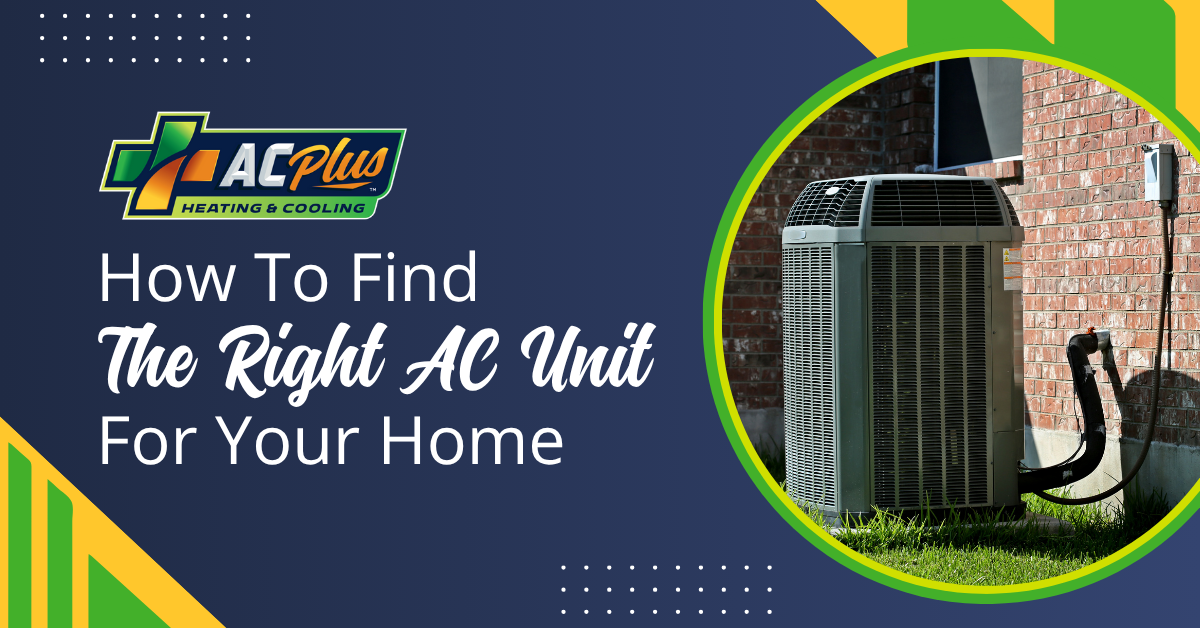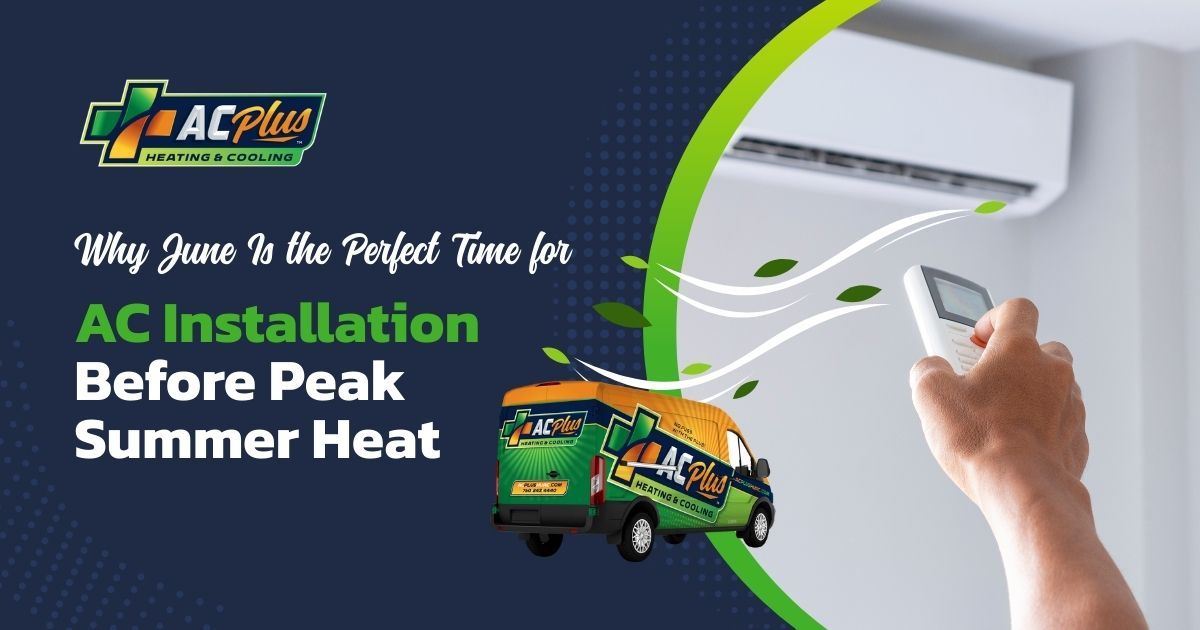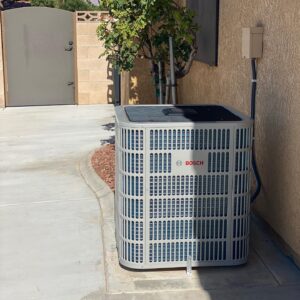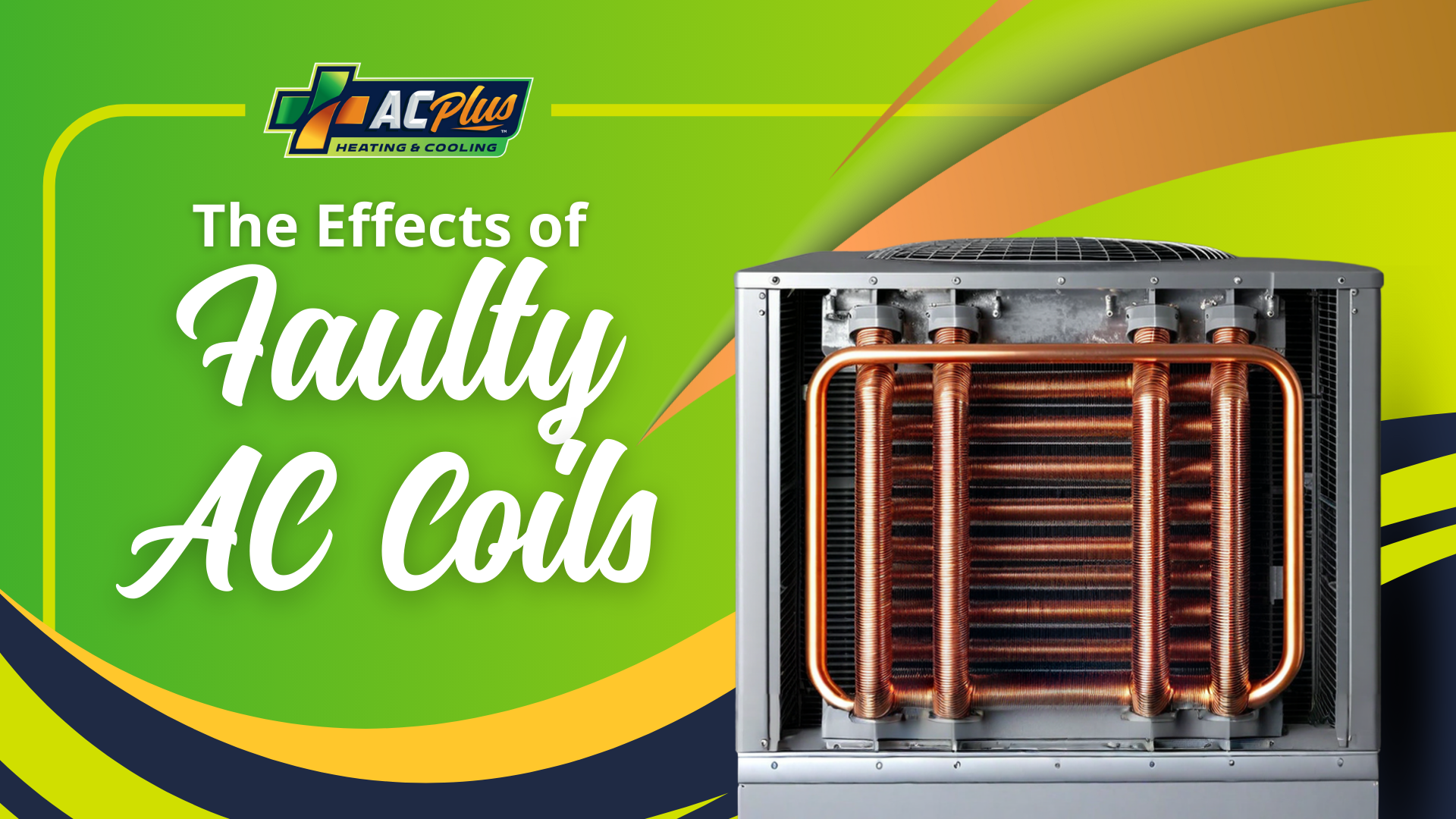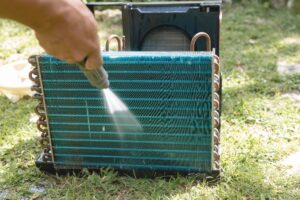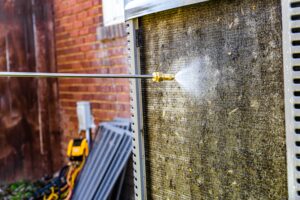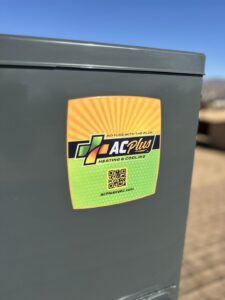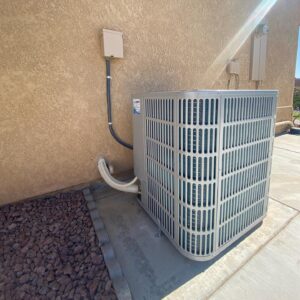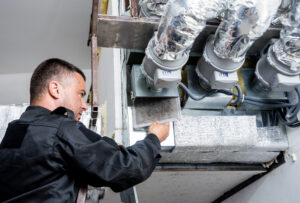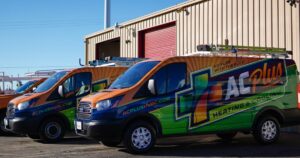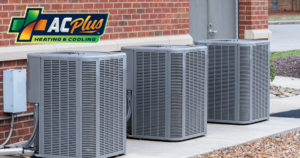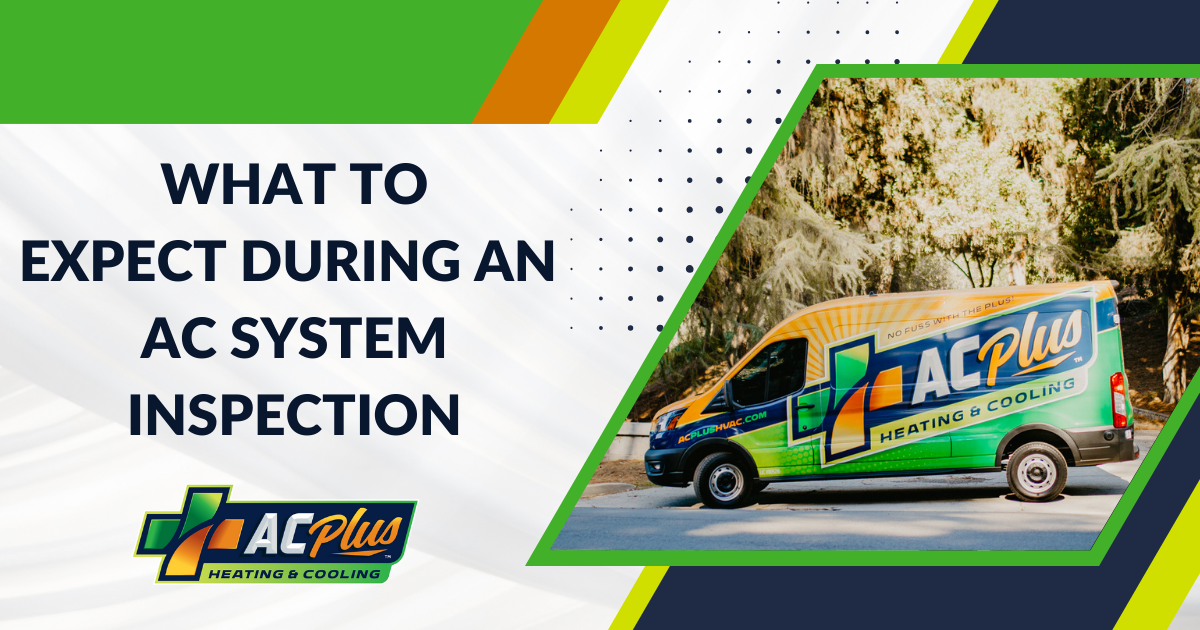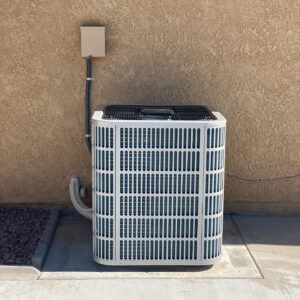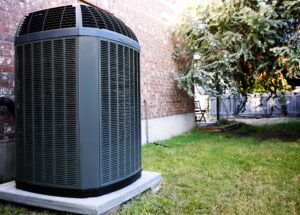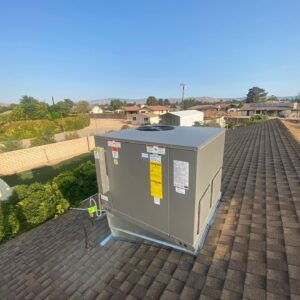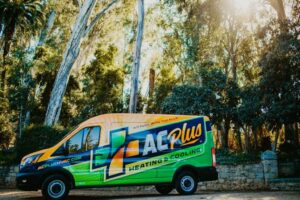How To Find the Right AC Unit for Your Home
An AC system should match every aspect of your home, from square footage and layout to ductwork and even the way the sun affects different spaces. These details determine AC efficiency and longevity, and getting them right helps your household stay cool during the High Desert’s harshest summer temperatures. At AC Plus, we handle AC installation with expertise by matching your home to its ideal cooling system.
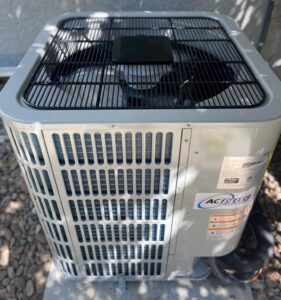
Why Choosing the Right AC Unit Matters
Choosing the right AC unit affects your comfort, electricity bills, and system longevity. Poorly matched systems often underperform or require frequent maintenance, while a system that fits your space and usage patterns allows for efficient and reliable cooling.
Comfort
An appropriately sized and placed system provides even cooling throughout the home, keeping indoor temperatures balanced between rooms and eliminating hot or cold spots. A well-matched unit removes humidity without causing dramatic temperature swings, enabling a comfortable living space during the most intense heat waves.
Energy Consumption
Oversized or undersized systems don’t operate as efficiently as properly sized units. An oversized unit might have too much cooling power, resulting in rapid cycles that wear on components and disrupt air quality. Undersized units must run longer and may strain to reach target temperatures.
In both cases, these systems over-consume energy and spike your electricity bills. Energy-efficient and properly sized AC units can significantly lower seasonal cooling costs, especially in areas with high electricity rates.
Durability and Maintenance
An accurately sized and professionally installed system experiences less strain and wear, resulting in fewer breakdowns, quieter cycles, and a longer operating life. An incorrectly matched system may overheat or wear out more quickly, resulting in increased operating costs due to frequent repairs or premature replacement.
Factors To Consider When Selecting a New AC System
The best AC unit for your home depends on several factors, including your home’s size and layout, local climate, and existing HVAC equipment.
Size and Cooling Capacity
AC size is typically measured in tons or British Thermal Units (BTUs). The right capacity depends on your home’s square footage, insulation, layout, and more. Matching the unit’s BTU capacity to these factors ensures optimal comfort and energy efficiency.
Energy Efficiency Ratings
Seasonal Energy Efficiency Ratio (SEER) ratings reflect the amount of cooling the system delivers for each unit of electricity it consumes, with higher ratings indicating greater efficiency.
In addition to saving on energy consumption and electricity bills, many high-efficiency models also meet ENERGY STAR certification requirements, making them eligible for rebates and incentives.
System Type
There are several home cooling system options to choose from depending on your home’s cooling load, energy efficiency goals, existing ductwork, and other factors. These systems include:
- Central AC: Central air conditioner installations provide powerful cooling and perform well in homes with multiple floors and larger footprints, especially when ductwork is already in place.
- Heat pumps: Heat pumps provide both cooling and heating in a single unit and are well-suited to a wide range of climates and homes.
- Ductless mini-splits: These energy-efficient AC units use heat pump technology and are ideal for room additions, zoned cooling, and homes without ductwork.
Existing Equipment
Older ductwork may need sealing or repairs to work efficiently with a new unit. Your electrical panel may also require an upgrade, depending on the system’s power requirements. These factors affect the complexity andcost of a new AC unit installation, but they also help optimize long-term system performance.
Smart Features and Comfort Controls
Smart thermostats, zoning capabilities, and inverter-driven compressors can dramatically enhance your comfort. These features allow precise and flexible cooling in specific spaces. Many homeowners prioritize system compatibility with smart home ecosystems to integrate climate control into daily routines and enable remote scheduling, automated temperature settings, and other capabilities.

How To Size an AC Unit for Your Home
There’s a precise method for sizing an air conditioner, and correct sizing impacts performance, efficiency, and longevity. Most homes need about 20 BTUs of cooling power per square foot of living space. However, accurate sizing requires more in-depth assessment and load calculation.
HVAC technicians evaluate numerous factors:
- Square footage
- Layout
- Window quantity and type
- Insulation levels
- Local climate
- Occupancy
Energy Efficiency Ratings: What To Look For
AC efficiency ratings allow you to assess long-term operating costs and environmental impact. Several features and technologies affect energy efficiency.
Look for ENERGY STAR-certified models, which meet independent standards for efficiency and performance. These models often include advanced components, such as variable-speed compressors and blower motors, which adjust output to match demand for more efficient cooling. Zoning capabilities and smart thermostats let you control the amount of cooling each space receives.
Timing Your AC Installation: Why Spring and Early Summer Are Ideal
Installing a new AC system is easiest and most cost-effective before summer demand spikes. Planning provides better flexibility, pricing, and installation.
Replacing an aging or failing system before the summer helps you avoid unnecessarily high energy bills and system failures. Installing a new system before peak temperatures allows you to evaluate system performance, gain familiarity with new controls and features, and adjust settings for maximum efficiency.
Working With a Professional for AC Installation
HVAC systems are complex and require specialized knowledge to install correctly. While DIY AC installation carries risks of costly errors and safety hazards, professional AC installation services offer important benefits, such as:
- Accurate system sizing.
- EPA-compliant refrigerant charging.
- Proper ductwork sealing and airflow balancing.
- Compliance with local codes and permit requirements.
- Reduced risk of early system failure or inefficiency.
- Optimal long-term performance.
AC Plus: Helping You Choose the Best Cooling Solution
AC Plus offers expert guidance, transparent pricing, and reliable installation to help homeowners get the best value from their air conditioning systems. With years of experience and a reputation for quality workmanship, AC Plus is a trusted provider for home comfort services.
Installations start with detailed home assessments and cooling load calculations. You’ll receive a clear estimate that explains what’s included, available upgrades, and how to choose an AC unit to maximize long-term comfort and efficiency.

Contact AC Plus for AC Installation
From accurate sizing to energy-efficient technology, AC Plus helps homeowners make smart decisions and enjoy a comfortable home throughout the summer. Contact us or schedule online before the peak summer heat to ensure comfort, reduce energy bills, and enjoy reliable cooling all season long.
